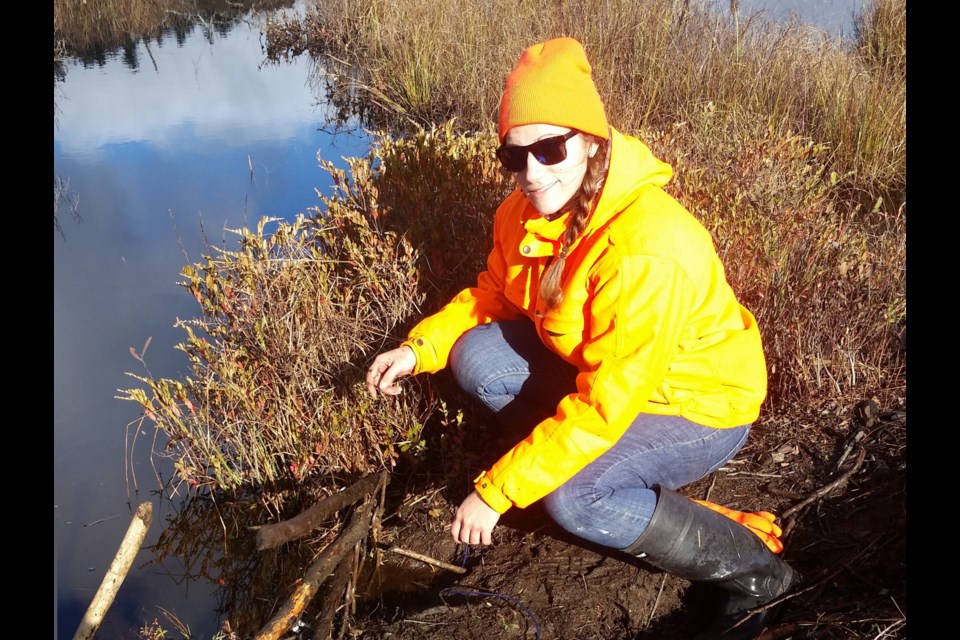The Ontario Fur Managers Federation wants to put across a positive message about trappers and the work they do.
The OFMF will have billboards set up near roadways across Ontario from early September to Oct. 14, including one on Trunk Road in Sault Ste. Marie.
The billboards state that 'trappers work to maintain healthy wildlife populations for today and the future.'
Trapping involves quick, humane killing of certain species to avoid overpopulation among those same species, which would lead to various problems within the realm of nature.
The OFMF states animal rights activists have spread misinformation about trapping.
“There’s a misconception out there that trappers want to wipe out certain populations and take all of these species off the landscape, but we’re really stewards of the land that we trap on,” said Lauren Tonelli, Sault-based Ontario Fur Managers Federation general manager.
“There’s also this misconception that trappers are still using those old rusty bear traps. That doesn’t exist anymore. There are lists of certified traps that go through very specific testing to make sure that they are extremely lethal. All trappers have to use those certified traps to make sure that what we’re doing is done as humanely as possible,” Tonelli told SooToday.
Species that trappers look for include mink, martens, fishers and beavers.
While beaver dams create wetlands that support animal and plant life, minimize the effect of heavy rainfall and prevent flooding, they can also cause flooding and damage property, including farmland.
That means a certain number of beavers have to go.
Trappers are typically given approximately 20 beavers to trap in a designated area, Tonelli said.
Trapping season runs from late fall to early winter.
As far as other creatures like mink, martens and fishers are concerned, Tonelli said “when you have large populations of one species there tends to be more disease, more competition among themselves and they’ll consume all of their prey species, so trappers can keep the population consistent and reduce disease outbreak.”
Trappers sell furs from animals they’ve trapped to be made into clothing.
At other times, bodies of trapped animals are sent to the scientific community for research when there is concern about potential disease.
Trappers are licensed by Ontario’s Ministry of Natural Resources and Forestry.
Tonelli said there are approximately 9,000 trappers in Ontario, approximately 6,000 of whom are OFMF members, and it is important to train a new generation of trappers.
Trapping licenses can be purchased through the OFMF website.
Tonelli said hunters and hikers should be aware that there are traps set up and must be careful not to get themselves injured.
“Tampering with traps is illegal and people can get charged for that,” Tonelli added.
Tonelli has worked in the wildlife management field for almost a decade.
As a third-generation trapper from Iron Bridge now living in the Sault, she is keen to see new trappers come along.
Training is offered by the OFMF.
“I want to ensure that the opportunities and experiences I have had are available for generations to come. Teaching the public to understand and appreciate the importance of trappers will go a very long way to securing the traditions of trapping in Ontario for all current and future trappers,” Tonelli said.
“We teach new trappers and get them trained to be able to trap in the province. We want to train the next generation.”
Putting criticism from animal rights groups aside, the OFMF billboards should not be seen as a reaction to that criticism, Tonelli said.
“We‘re just trying to educate the general public on trappers in Ontario. There’s been opposition that we have faced over the years but we didn’t want to focus on that in this campaign. We want it to be positive about the work that trappers are doing in Ontario.”
